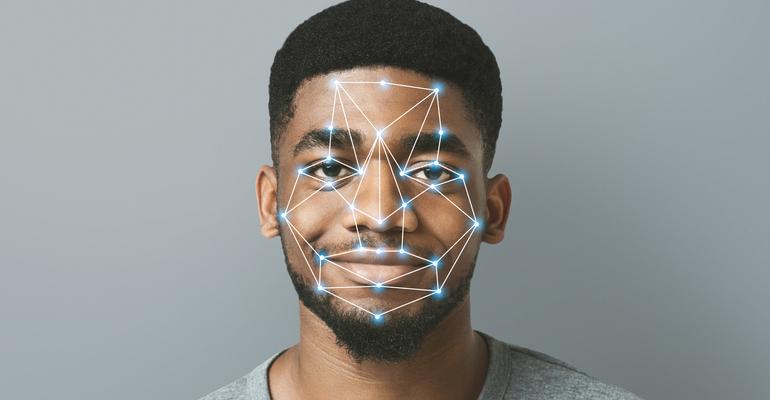At its annual meeting known as Expo! Expo! that took place December 5 to 7 in Dallas, the International Association of Exhibitions and Events implemented a promising, if somewhat controversial, element on its show floor.
IAEE partnered with facial-analysis technology firm Zenus to collect behavioral mapping data that allowed IAEE to analyze traffic patterns throughout the trade-show floor as well as engagement levels in activation areas, including the two educational theaters set up in the exhibit hall.
“Zenus’ facial-analysis technology allows us to obtain valuable data on the event to ensure we are making the right impact for our Expo! Expo! stakeholders,” said Marsha Flanagan, CEM, IAEE’s president and CEO, in a media release. “We are confident this will lead to a more engaging and informative experience for our attendees” at future shows.
Clearing Up Misconceptions
While the use of facial recognition in public settings is alarming to many people, the collection and analysis of facial data from business events is a very different application, explains Panos Moutafis, founder and CEO of Zenus.
“We position our solution as facial analysis versus face recognition,” Moutafis tells MeetingsNet. With the latter, “the goal is to convert a face into a unique biometric signature to identify people. There is a database of records, and the system tries to match” a biometric signature it gathers to a record in the database.
In contrast, with facial analysis, a system of sensors and cameras set throughout the event space “detects the presence of a face [but] without computing any biometric identifiers,” Moutafis says. Instead, it collects data points related to “metrics such as dwell time and facial expressions to discern [the person’s] sentiment. It may also predict demographics such as age range and biological sex.”
In short, the data collected during facial analysis is limited. The amount transmitted from a business event to Zenus’ cloud is about two megabytes per hour, “which is several times smaller than a single photo taken with a smartphone,” Moutafis notes. In fact, the European Data Protection Board has determined that facial-analysis technology does not require consent and opt-in from participants, he adds. However, event organizers should practice full disclosure to attendees through on-site signage that also features a link to the technology provider’s privacy policy explaining how the technology works.
What’s the Benefit?
When facial-analysis sensors and cameras are monitoring activity on the trade-show floor, the event host can learn “which areas have the most and least traffic, where people spend more time, and how happy they are about their experience,” Moutafis says.
In addition, for educational sessions such as those in the theaters on either end of IAEE’s show floor, “the technology is measuring attendee energy in terms of duration and intensity of positive facial expressions in order to assess [the effectiveness of] content,” Moutafis explains. “This is one metric that can complement on-site observations and attendee surveys to tell the full story.”
One of the more interesting elements of the technology is that “you can see the energy scores [in a session] going up and down minute by minute, based on the audience reactions. It is also possible to see a separate energy line for each demographic group in the audience.”
IAEE is using facial analysis for two reasons: to make its Expo! Expo! event more impactful for its attendees, exhibitors, and sponsors; and to demonstrate to its membership the possibilities for improving the quality of their own shows. IAEE’s Flanagan told MeetingsNet that the association will present members with results and conclusions from facial analysis of Expo! Expo! participants. “IAEE and Zenus will produce a webinar showcasing its findings early in the first quarter of 2024,” she says.
One Step Beyond
While it might be tempting for show organizers to want to use facial analysis to map out each attendee’s journey through an event, “because our system cannot identify people, it is impossible to [do that] for specific individuals,” Moutafis says. Flanagan adds that “this tool is about analytics and data, not about interest-based advertising.”
On the other hand, Moutafis says that Zenus “has the ability to deliver personalized content to attendees, but that system was not deployed at Expo! Expo! That is an entirely different product line that works with A.I. badge-scanning technology.”
But given that the price tag nears $100,000 for RFID platforms that can collect granular data on each attendee’s path through a show, the approximately $40,000 that facial analysis costs makes it more of a possibility for many event hosts. Other reasons for the cost differential, says Moutafis, are that “deployment of the facial-analysis tool is simpler—it takes 10 minutes per sensor—and there is negligible impact on participants’ privacy.”





